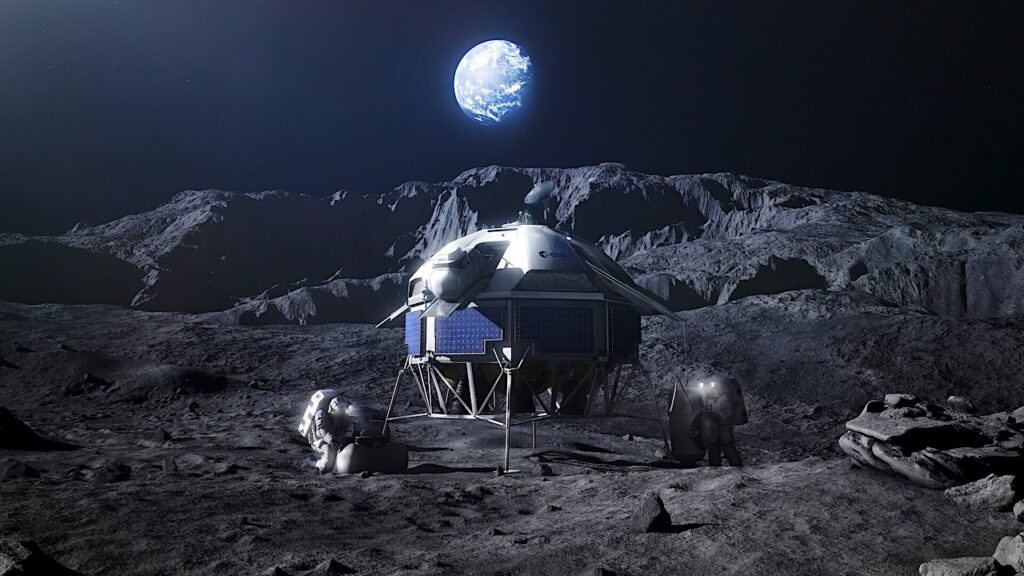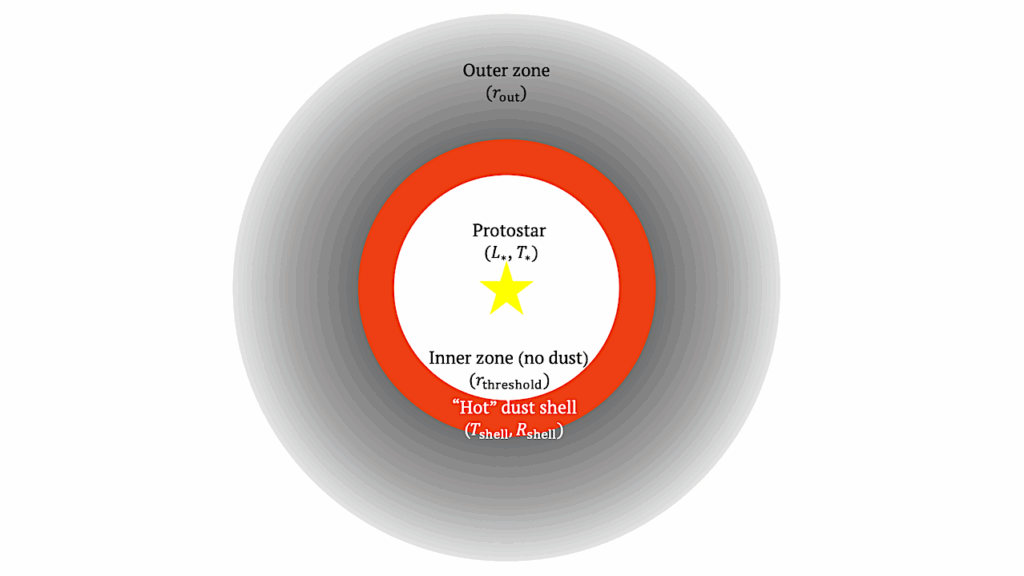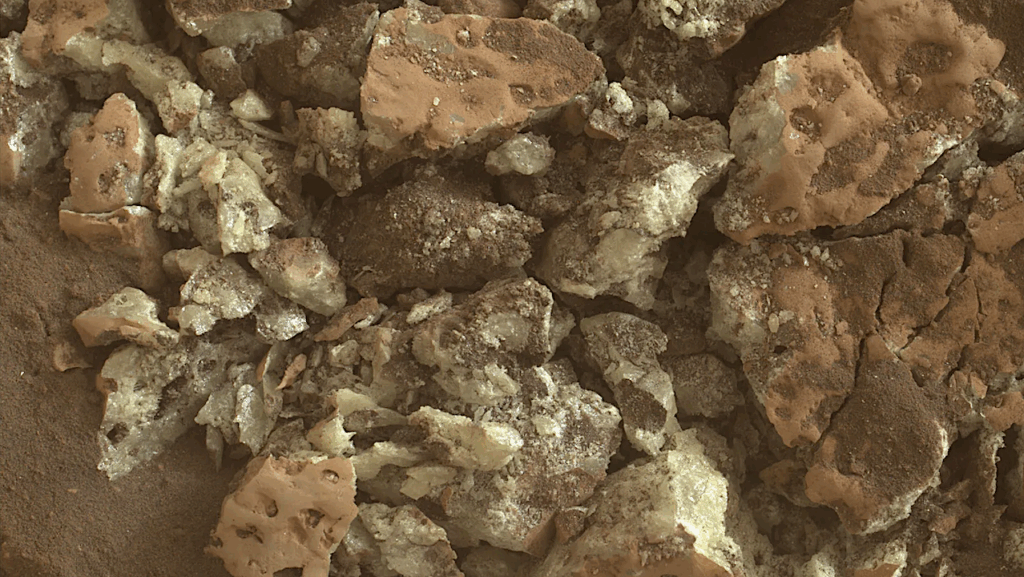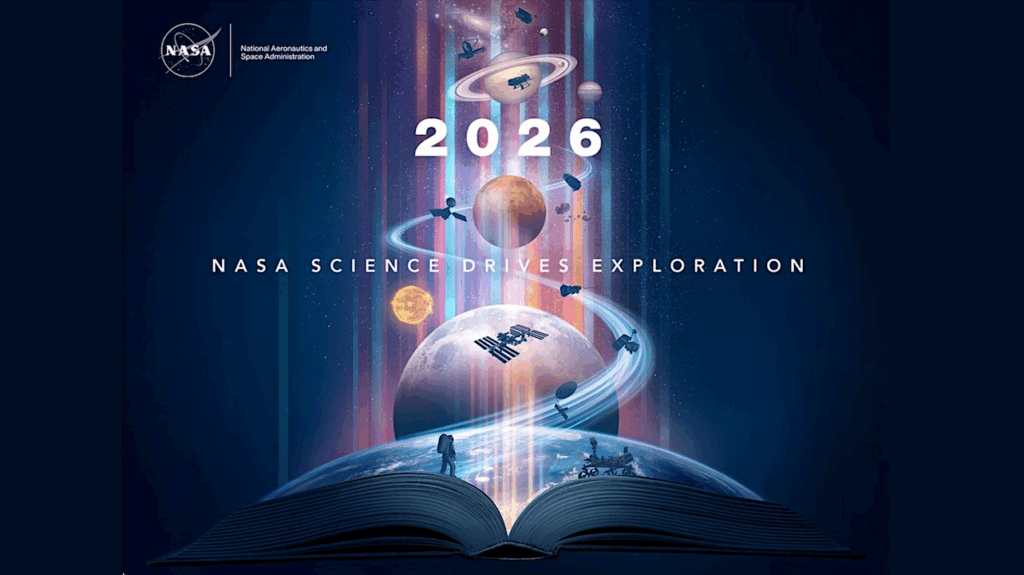Deuterated Forms of H+3 and Their Importance in Astrochemistry
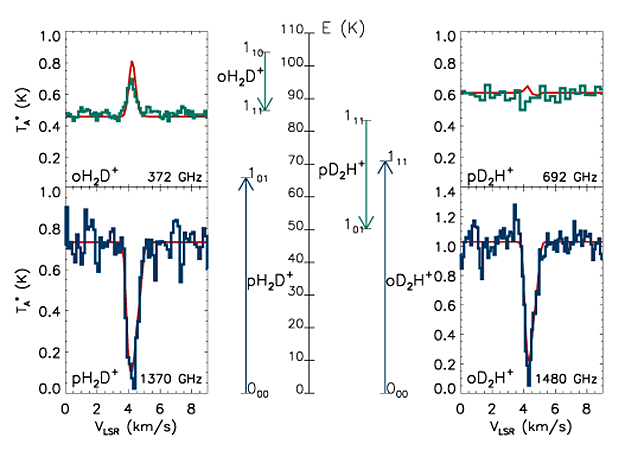
At the low temperatures (∼10 K) and high densities (∼100,000 H2 molecules per cc) of molecular cloud cores and protostellar envelopes, a large amount of molecular species (in particular those containing C and O) freeze-out onto dust grain surfaces.
It is in these regions that the deuteration of H+3 becomes very efficient, with a sharp abundance increase of H2D+ and D2H+. The multi-deuterated forms of H+3 participate in an active chemistry: (i) their collision with neutral species produces deuterated molecules such as the commonly observed N2D+, DCO+ and multi-deuterated NH3; (ii) their dissociative electronic recombination increases the D/H atomic ratio by several orders of magnitude above the D cosmic abundance, thus allowing deuteration of molecules (e.g. CH3OH and H2O) on the surface of dust grains. Deuterated molecules are the main diagnostic tools of dense and cold interstellar clouds, where the first steps toward star and protoplanetary disk formation take place.
Recent observations of deuterated molecules are reviewed and discussed in view of astrochemical models inclusive of spin-state chemistry. We present a new comparison between models based on complete scrambling (to calculate branching ratio tables for reactions between chemical species that include protons and/or deuterons) and models based on non-scrambling (proton hop) methods, showing that the latter best agree with observations of NH3 deuterated isotopologues and their different nuclear spin symmetry states.
Paola Caselli, Olli Sipilä, Jorma Harju
(Submitted on 21 May 2019)
Comments: accepted for publication in the Philosophical Transactions A of the Royal Society
Subjects: Astrophysics of Galaxies (astro-ph.GA); Solar and Stellar Astrophysics (astro-ph.SR)
Cite as: arXiv:1905.08653 [astro-ph.GA] (or arXiv:1905.08653v1 [astro-ph.GA] for this version)
Submission history
From: Paola Caselli
[v1] Tue, 21 May 2019 14:04:23 UTC (513 KB)
https://arxiv.org/abs/1905.08653
Astrobiology, Astrochemistry




